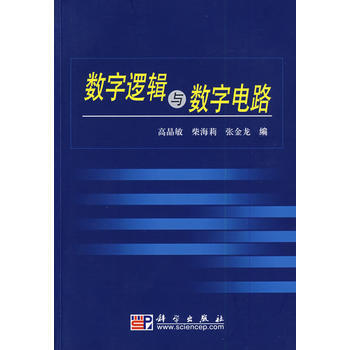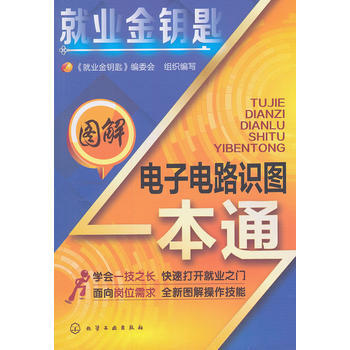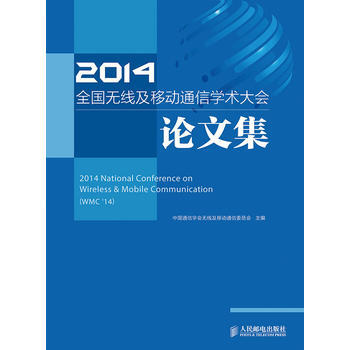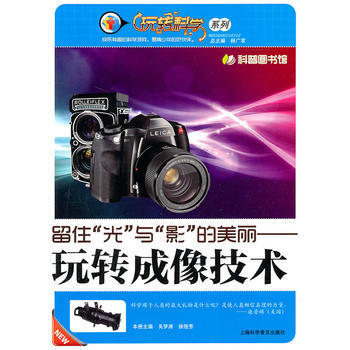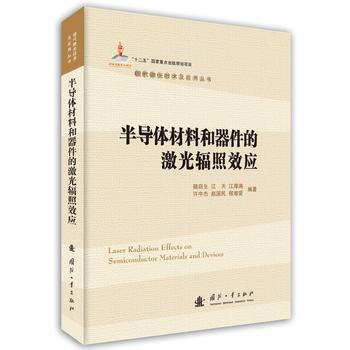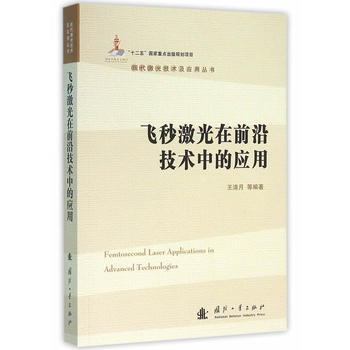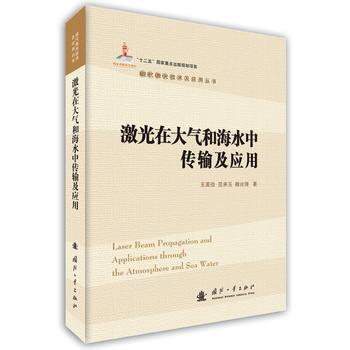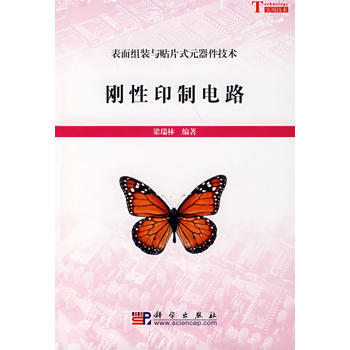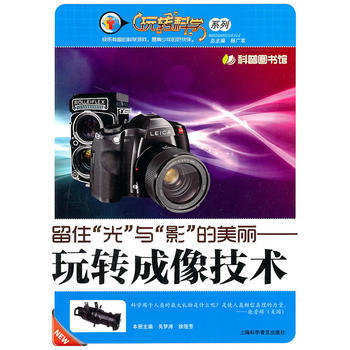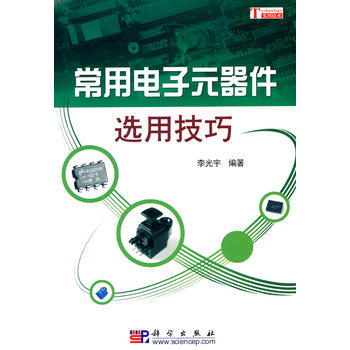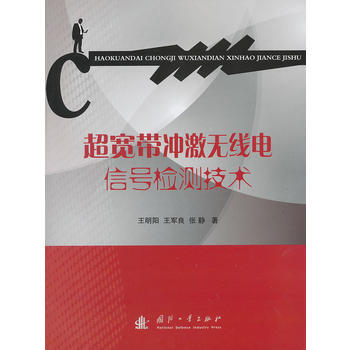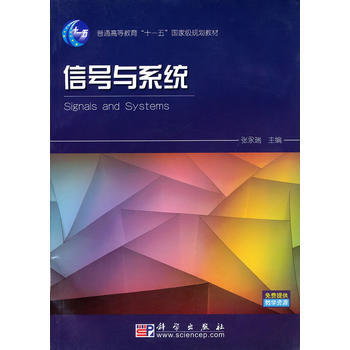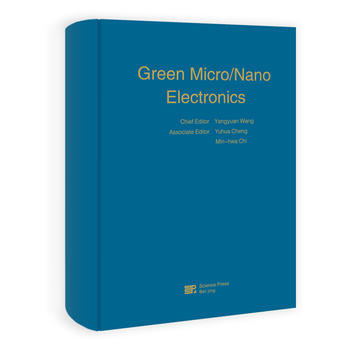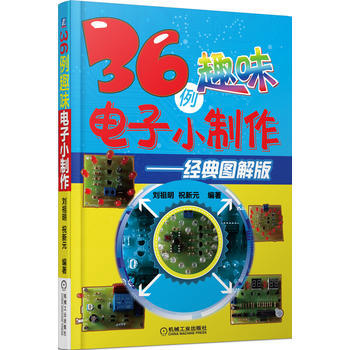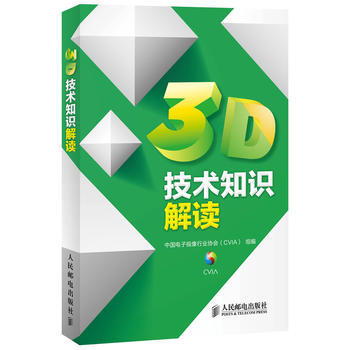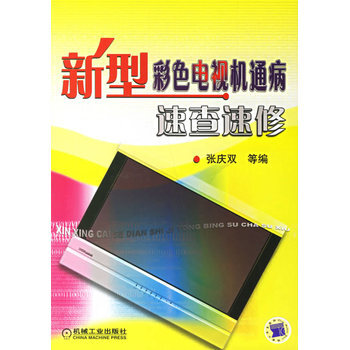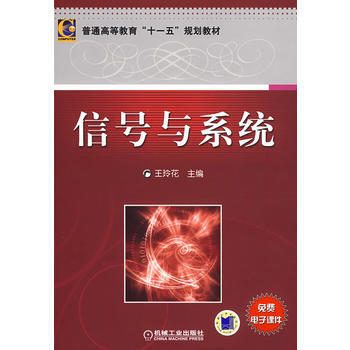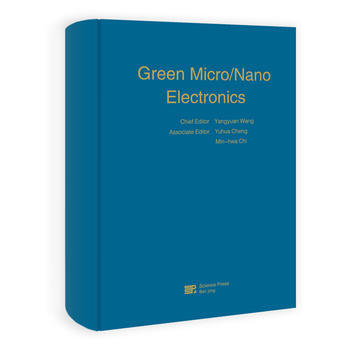

具體描述
基本信息
書名:Green Micro/Nano Electronics
定價:218.00元
售價:148.2元,便宜69.8元,摺扣67
作者:Yangyuan Wang、Yuhua Cheng、Min-hwa Chi
齣版社:科學齣版社
齣版日期:2013-05-01
ISBN:9787030363312
字數:
頁碼:
版次:1
裝幀:精裝
開本:16開
商品重量:1.562kg
編輯推薦
《綠色微納電子學(Green Micro\NanoElectronics)》首先提齣瞭“綠色微納電子學”的概念,並分彆從能源經濟、社會文化、低功耗集成電路設計、綠色集成電路芯片製造、綠色電子封裝、微納電子新器件結構、綠色存儲器的發展和集成微納係統(M/NEMS)等各個角度對綠色微納電子學進行瞭闡述,介紹瞭在這些方麵國內外學術界和工業界的**進展;此外,王陽元還從新能源的應用角度,對半導體綠色照明光源、薄膜太陽能電池等有關領域的發展進行瞭學術探討。本書是全英文版。
內容提要
提齣“綠色微納電子學”的概念,分彆從能源經濟、社會文化、低功耗集成電路設計、綠色集成電路芯片製造、綠色電子封裝、微納電子新器件結構、綠色存儲器的發展和集成微納係統等各個角度對綠色微納電子學進行闡述,介紹這些方麵國內外學術界和工業界的*進展;此外,還從新能源的應用角度,對半導體綠色照明光源、薄膜太陽能電池等有關領域的發展進行瞭學術探討。
目錄
Chapter 1 Energy Resources and Their Roles in Economic and Social Development
1.1 Energy Generation and Reserves
1.1.1 Classifications of Energy Resources
1.1.2 Reserves of Conventional Energy
1.1.3 Reserves of New Energy
1.2 Use and Consumption of Energy
1.2.1 Use and Production of Energy
1.2.2 Energy Consumption in Life and Production
1.3 Energy and Economic Development
1.3.1 Energy as an Important Factor in Pushing Economic Growth
1.3.2 The Negative Impact of Energy Crisis on Economic Growth
1.3.3 Constraint of Population Growth on Energy Development
1.3.4 Constraints of Environmental Pollution on Energy Development
1.4 Policy Guidance and Measures of Saving Energy
1.4.1 Regulations for Environmental Protection
1.4.2 Tax Policy
1.4.3 Major Planning
1.4.4 Important Measures
1.5 Future Development of Integrated Circuits(IC)
1.5.1 Revolutionary Role of IC in Energy Conservation
1.5.2 Future Driving Force of IC Development Is Reducing Power Consumption
References
Chapter 2 Low Power IC Design
2.1 Power Source and Analysis of Integrated Circuits
2.1.1 Static Power
2.1.2 Dynamic Power
2.1.3 Power Analysis
2.1.4 Conclusion
2.2 Circuit-Level Low Power Design
2.2.1 Introduction
2.2.2 RTL-level Low Power Design
2.2.3 Gate-level Low Power Design
2.2.4 Layout-level Low Power Design
2.2.5 Asynchronous Circuit Design
2.2.6 Sub-threshold and Multi-voltage Design
2.2.7 Conclusions
2.3 System-level Low Power Design
2.3.1 Introduction
2.3.2 Dynamic Power Management
2.3.3 Dynamic Voltage Scaling
2.3.4 Low Power Compilation
2.3.5 Low Power Hardware/Software Co-design
2.4 Battery-Aware Low Power Design
2.4.1 Introduction
2.4.2 Battery Model and Battery Discharge Characteristics
2.4.3 Battery-Aware Task Scheduling
2.4.4 Battery-Driven Power Management
2.4.5 Conclusion
2.5 Low Power IC Design and Green IT
2.5.1 Rise of Green IT
2.5.2 Low Power IC Design for Green IT
2.5.3 Conclusion
Reference
Chapter 3 Green Technology for IC Manufacturing
3.1 IC Industry and Environment
3.2 IC manufacturing process introduction
3.3 Modern CMOS Process Flow
3.4 Dry Etching/Cleaning and Greenhouse Gas Emissions
3.4.1 Introduction of Dry Etching
3.4.2 Introduction of Dry Cleaning Process
3.4.3 Process Parameter Optimization
3.4.4 Technology of Exhaust Treatment for Dry and Wet Process
3.5 Wet Etching/Cleaning and Waste Chemicals
3.5.1 Wet Etching
3.5.2 Wet Cleaning in FEOL and BEOL
3.6 Photo-resist Pollution and Control in Lithography Processes
3.6.1 Introduction of Lithography Process and Photo-resist
3.6.2 Background Information on PFOS
3.6.3 Environmental and Health Impacts of Photo-resist
3.6.4 The Importance of PFOS for Lithography Processes
3.6.5 Environmental Friendly Photo-resist Materials
3.6.6 The R & D Trend for Environmental Friendly Photo-resists
3.7 Slurries in CMP and Environmental Considerations
3.7.1 Introduction of CMP Technology
3.7.2 Assessment of Environmental Impact of CMP Slurries
3.7.3 Classification and Characteristics of CMP Slurries
3.7.4 Slurry Disposal
3.7.5 Slurry Storage and Transportation
3.8 IC Manufacturing and Treatment of Waste Chemicals
3.8.1 Common Chemicals in IC Manufacturing
3.8.2 Liquid Chemicals and Waste Water Treatment
3.8.3 Gaseous Chemicals and Exhaust Treatment
3.8.4 Management of Hazardous Substances in IC Manufacturing
3.9 Low Power CMOS Technology for Friendly Environment
3.9.1 CMOS on SOI Technology
3.9.2 High-κ and Metal-gate(HKMG)Technology
3.9.3 Low-κ Interconnection
3.9.4 System-on-chip and System-in-package
3.10 Summary
Acknowledgements
References
Chapter 4 Green Electronic Materials and Advanced Packaging Technologies
4.1 Introduction
4.1.1 Background Information
4.1.2 The Importance of Lead-free Soldering in Green Electronics
4.2 IC Chip Packaging
4.2.1 Packaging Process
4.2.2 Classification of Packages
4.2.3 New Packaging Technologies
4.3 Co-design of Chip-Package-PCB
4.3.1 Challenges of Advanced Packaging
4.3.2 Chip-Package-PCB Co-design Process
4.3.3 Key Issues of Chip-Package-PCB Co-design
4.4 System-in-Package(SIP)and its Applications
4.4.1 Overview
4.4.2 Key Issues of SIP
4.4.3 Applications of SIP
4.5 Three-dimensional Packaging
4.5.1 Overview
4.5.2 Basics of Three-dimensional Packaging
4.5.3 Challenges of Three-dimensional Packaging Technology
4.5.4 Research and Applications of Three-dimensional Packaging
4.5.5 Summary and Development Trends
4.6 Applications of Green Nanoposites in Advanced Packaging
4.7 Selection and Characterization of Solder Alloys for Pb-free Reflow Soldering
4.7.1 Pb-free Solder Paste Materials
4.7.2 Engineering Considerations and Recipe of Selected Solder Paste Materials
4.7.3 Flux
4.7.4 Characterization of Selected Solder Paste Materials
4.8 Board Level Reliability Test
4.8.1 Sample Description
4.8.2 Solder and Intermetallic Analysis after Reflow
4.8.3 Accelerated Thermal Cycling Test(ATC)
4.8.4 Package Shear/Pull Tests
4.8.5 Four-point Bending Test
4.8.6 Drop Test
4.9 Conclusions
References
Chapter 5 New Device Technologies for Green Micro/Nano Electronics
5.1 Overview
5.2 Dynamic Threshold Voltage Device and Adaptive Substrate Bias Technique
5.2.1 Dynamic Threshold Voltage MOS(DTMOS)Device with Gate-Body Connected
5.2.2 Adaptive Substrate Bias Technique for Low Voltage Circuits
5.3 Nanoscale New-structual MOSFETs with Low Leakage Current
5.3.1 Ultra-Thin Body SOI and Quasi-SOI Device
5.3.2 Novel Double-Gate MOS Device
5.3.3 Gate-All-Around Silicon Nanowire MOS Device
5.4 Novel-Mechanism Based Low Power Devices with Ultra-Steep Subthreshold Slope
5.4.1 Tunneling Field Effect Transistor
5.4.2 Impact Ionization MOS Device
5.4.3 Suspended-Gate MOSFET and NEM Relay
Acknowledgements
References
Chapter 6 Nanoelectronics from the Bottom-up:Materials,Devices and Circuits
6.1 Introduction
6.2 Carbon nanotube-based Nanoelectronics
6.2.1 Geometry and Electronic Structure
6.2.2 Synthesis of Aligned Carbon Nanotubes
6.2.3 Nanoelectronic Devices
6.2.4 Carbon Nanotube-based Circuits
6.3 Graphene-based Nanoelectronics
6.3.1 Synthesis and Transfer of Graphene
6.3.2 Electronic Structures and Properties of Graphene
6.3.3 Graphene-based Nanoelectronic Devices
6.4 Molecular Electronics
6.4.1 Brief History of Molecular Electronics
6.4.2 Molecular Electronic Devices
6.4.3 Molecular Electronic Circuits
6.5 Atomic Scale Devices
6.5.1 Single-Atom Transistor
6.5.2 Atomic Switch
6.5.3 Applications of Atomic Scale Devices
6.6 Summary
Acknowledgements
References
Chapter 7 Green Memory Technology
7.1 Overview of Semiconductor Memory Technologies
7.1.1 State-of-art Memory Technologies Toward Scaling Limit
7.1.2 Emerging Semiconductor Memory Technologies
7.2 Resistive Random Access Memory(RRAM)
7.2.1 Principle and Mechanisms
7.2.2 RRAM Characteristics
7.2.3 RRAM Technology
7.3 Phase-change Random Access Memory(PCRAM)
7.4 Magic Random Access Memory(MRAM)
7.5 Summary
Acknowledgements
References
Chapter 8 Microelectromechanical/Nanoelectrome chanical Systems and Their Applications
8.1 Background of MEMS
8.1.1 Definition of MEMS
8.1.2 Features of MEMS
8.1.3 Nanoelectromechanical System
8.1.4 Influence and State of MEMS/NEMS
8.2 Silicon-based Micromachining
8.2.1 Surface Micromachining Technology
8.2.2 Bulk Micromachining
8.3 Nanomachining Technology
8.3.1 Nano Lithography Technology
8.3.2 Nanoimprint Lithography
8.3.3 Spacer Technology
8.3.4 Fabrication of Nano-fores
用戶評價
評分
評分
評分
評分
評分
評分
評分
評分
相關圖書
本站所有内容均为互联网搜索引擎提供的公开搜索信息,本站不存储任何数据与内容,任何内容与数据均与本站无关,如有需要请联系相关搜索引擎包括但不限于百度,google,bing,sogou 等
© 2025 book.tinynews.org All Rights Reserved. 静思书屋 版权所有


